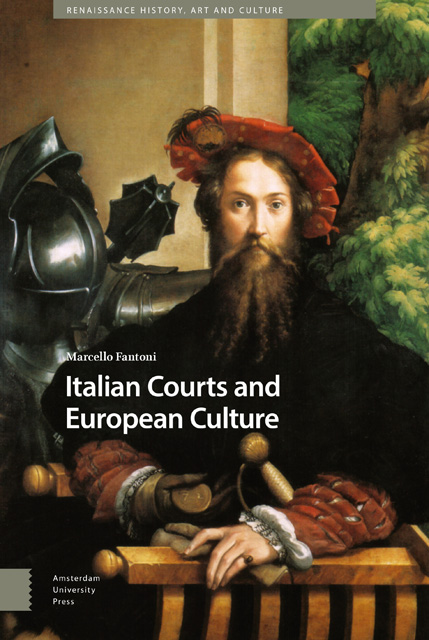4 - Europe of the Courts
Published online by Cambridge University Press: 10 January 2023
Summary
The Terms of the Question
Having set out the general framework, we must now understand what all this meant for the circulation of cultural models. What would happen if we re-introduced these courts into the equation? Would courts give us a better idea of how the Italian Renaissance evolved into the European Renaissance? What would be the Italian Renaissance's legacy to modernity? Many of these questions have already been answered using the republican paradigm. It actually constituted the most widespread interpretation of the genesis of Western civilization. The periodization, the forces, and the essential codes of the modern world derive precisely from this reconstruction that selected the threads of affinity and followed them throughout the centuries down to the present. This ‘comfortable history’ reassures the contemporaries about the roots of their identity. What if, on the contrary, we found that we owe courts more than we would like to admit? If their civilization were one of the main sources of present-day cultural traits? Which, by default, would also make us realize that there is more affinity where we posited diversity. In other words, I am suggesting that the categories that outlived the Renaissance and became founding elements for European civilization are more rooted in the court than in the republican genetic patrimony. This presupposes imagining alternative routes and forms of cultural circulation, identifying different actors, and re-evaluating traditional interpretations. It also entails overturning some of the most tenacious historical stereotypes.
Accounting for the influence of Italian courts on European culture and identity is undoubtedly an ambitious project. And this applies both for exemplifying the case and for formulating new theories. Yet, we must start somewhere. To adopt a metaphor: we are faced with a leopard-skin picture, with many specialist studies on specific aspects and figures of this phenomenon, but nothing – yet – systematic that might explain organically the how and the why of the process. We know Sebastiano Serlio stayed at the court of Francis I of France, we know of the wanderings of actors and architects, of the success of Castiglione's Cortegiano, the effect created by the festivities of Italian courts, and we have a fairly clear idea of how the art market worked and how large it was. The list could continue. But, like a leopard-skin, these are disconnected dots.
- Type
- Chapter
- Information
- Italian Courts and European Culture , pp. 53 - 108Publisher: Amsterdam University PressPrint publication year: 2022



